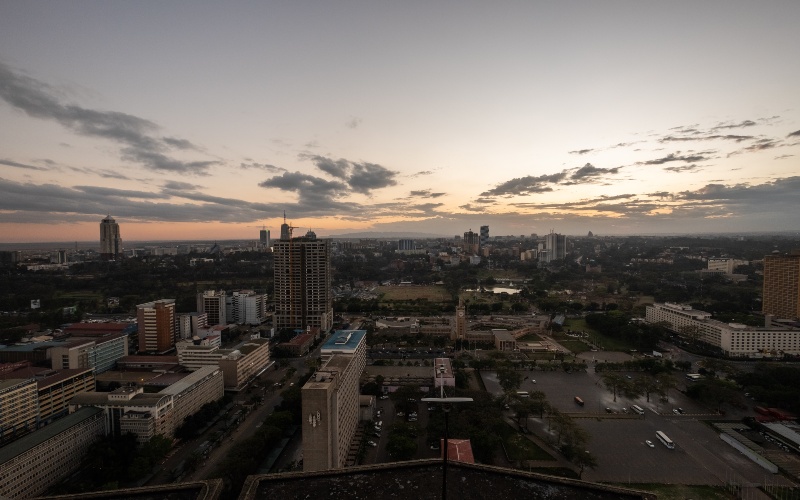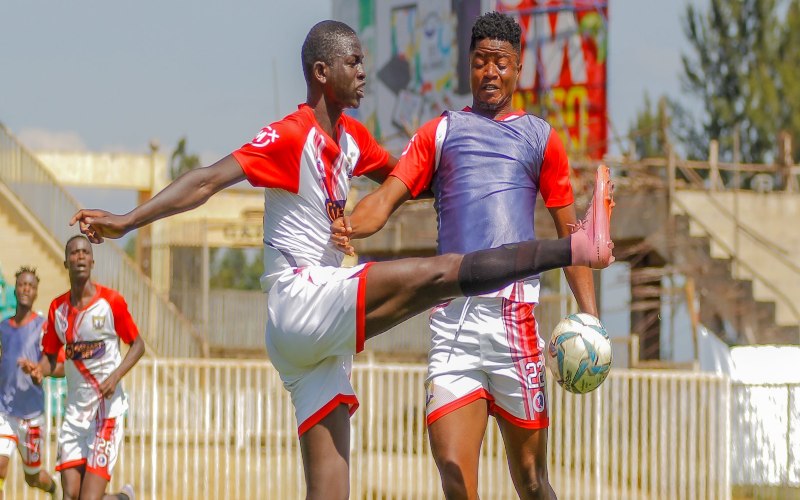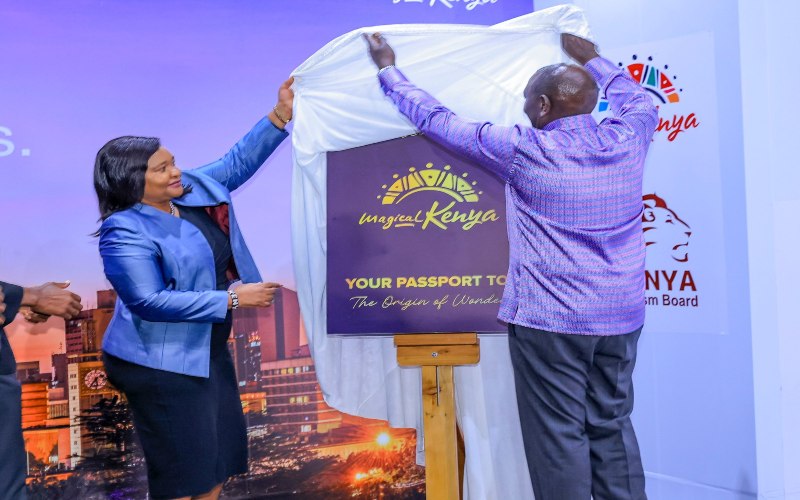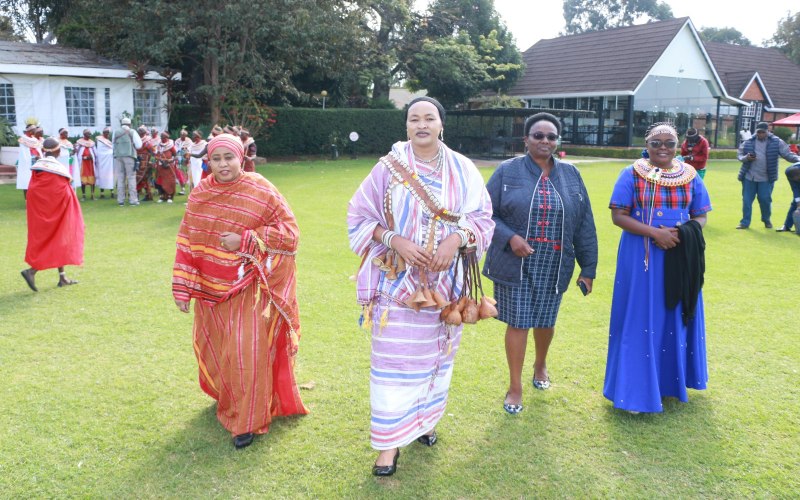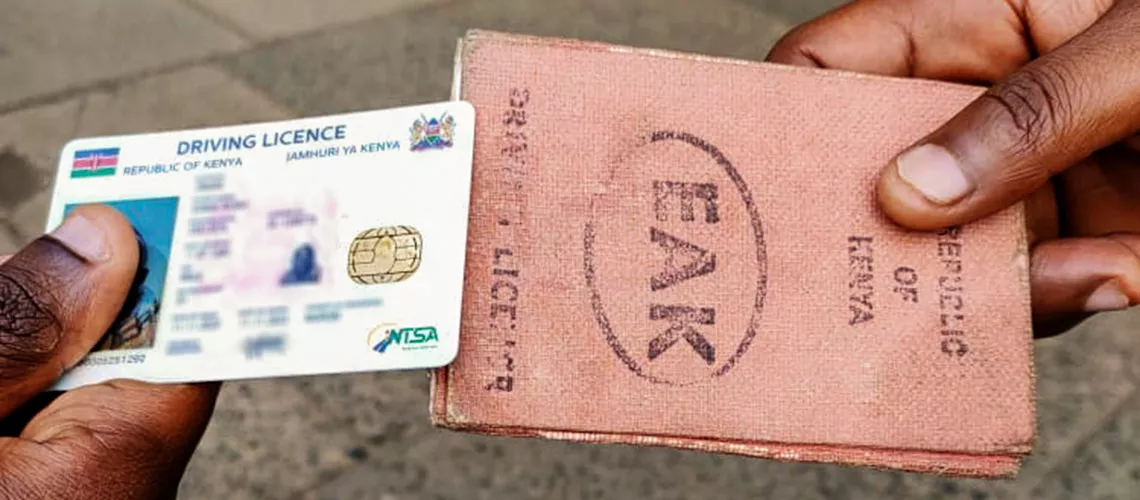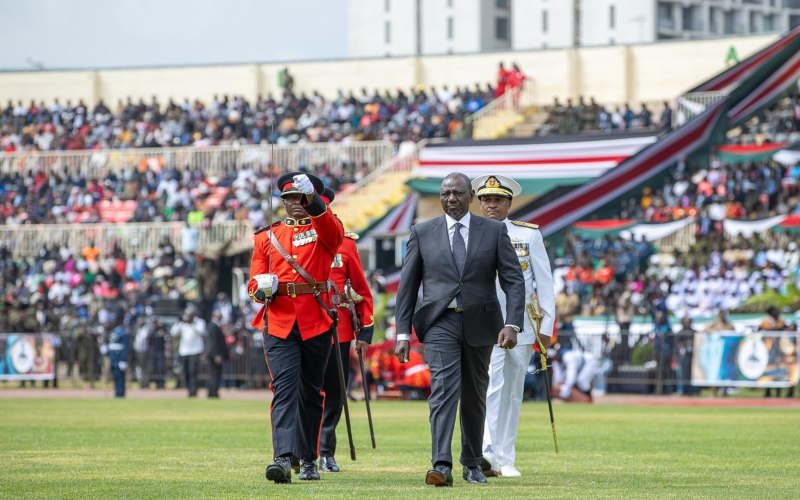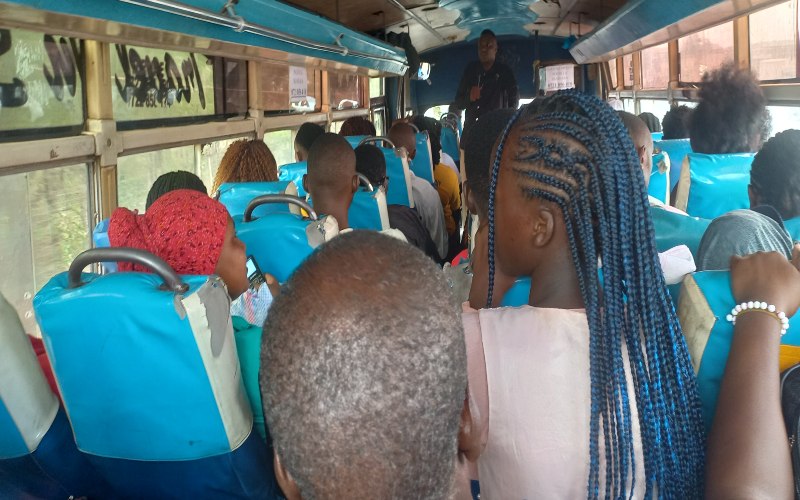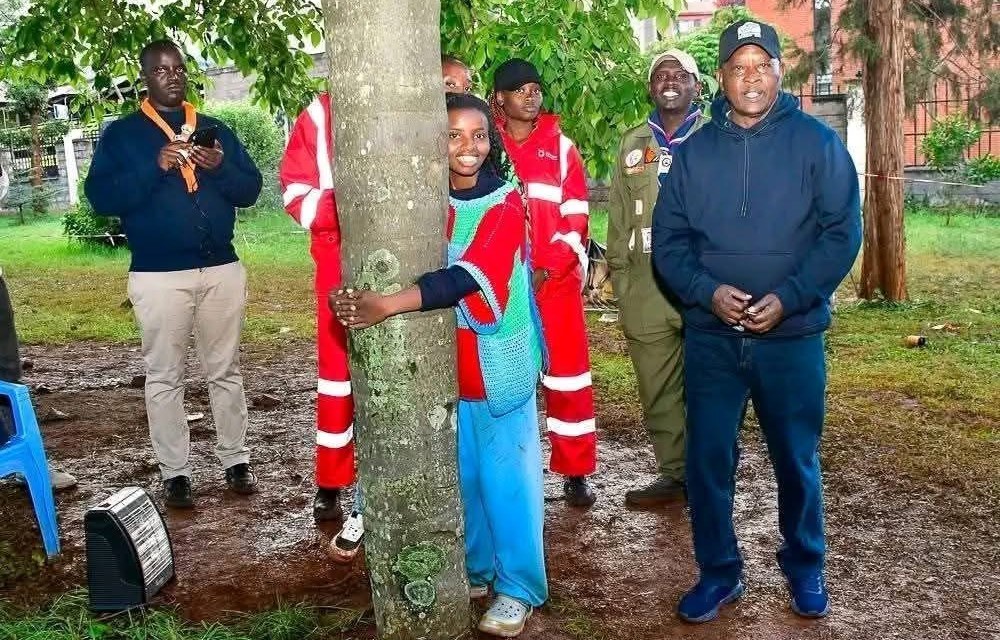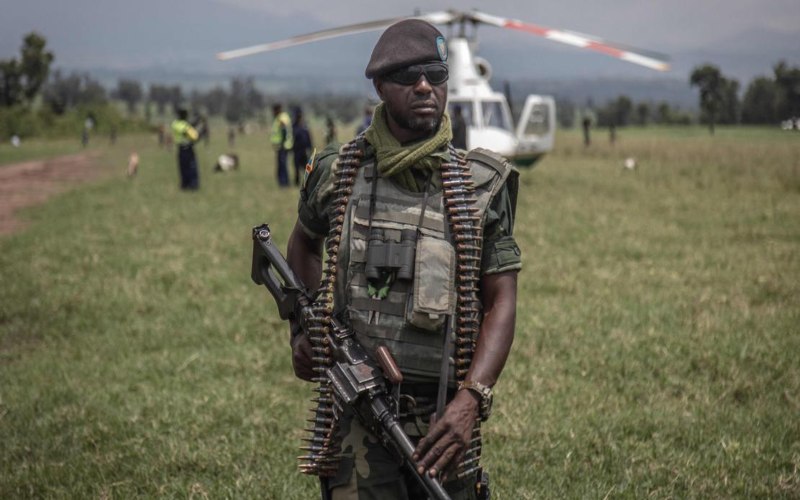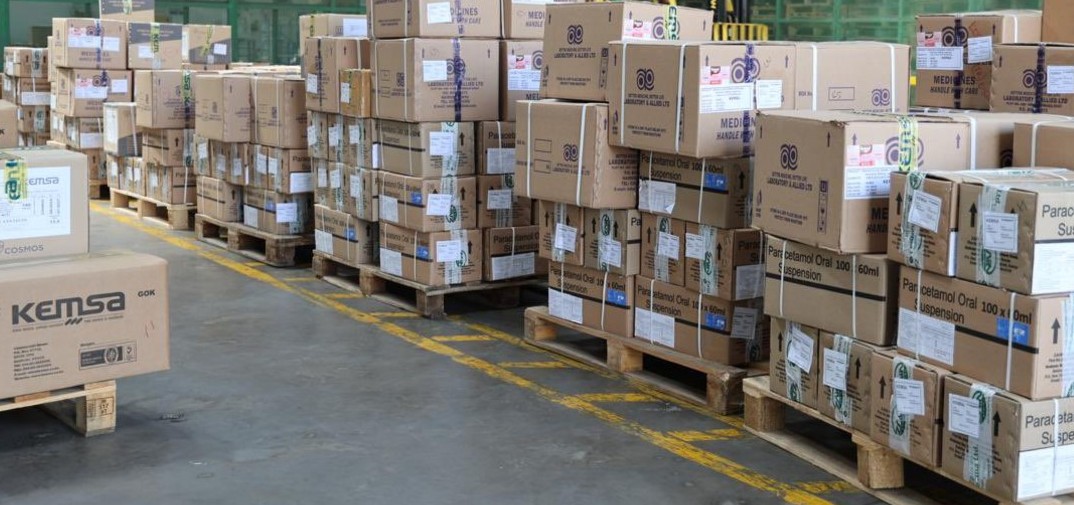Kenya tops East Africa in gender-based violence in sports with 69 per cent prevalence – report
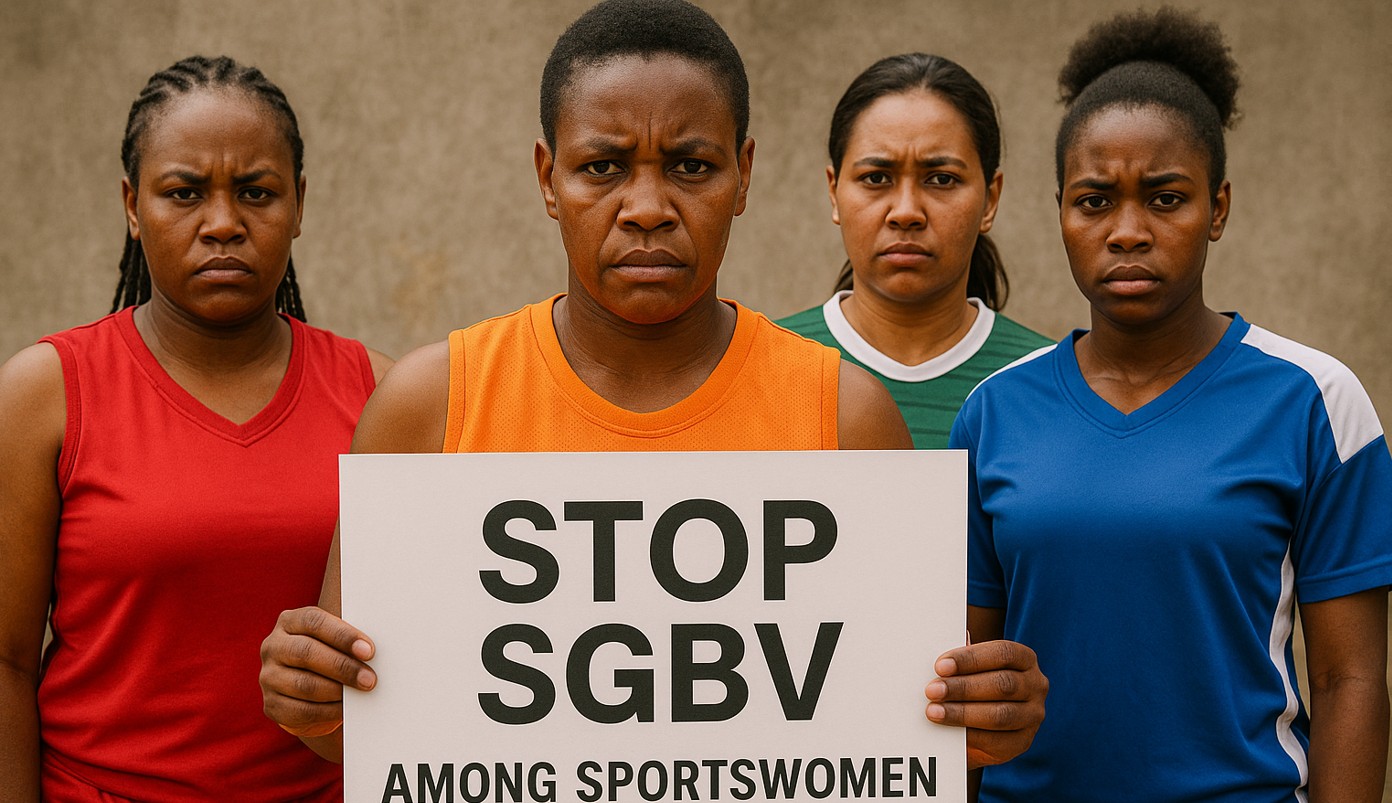
The report shows a sharp increase in cases from 43 per cent in 2022 to 69 per cent, raising concerns over rising abuse targeting women athletes.
Kenya has recorded the highest number of gender-based violence cases in sports across East Africa, according to a new study by the Aga Khan University Graduate School of Media and Communications.
The report shows a sharp increase in cases from 43 per cent in 2022 to 69 per cent, raising concerns over rising abuse targeting women athletes.
More To Read
- Iranian woman spared execution after paying Sh12 million compensation for killing abusive husband
- Commission sounds alarm as new data shows rising gender-based violence in Kenya
- Men are majority of homicide victims in Kenya despite media focus on women, state report reveals
- Parliament to debate Bill ending private settlements in SGBV cases
- KNCHR raises alarm as over 100 femicide cases recorded in three months
- Kenya, UK celebrate success of Sh3.6 billion REINVENT security programme after seven years
The three-year study, titled “Sexual and Gender-Based Violence Against Women in Sports: Prevalence, Impact and Interventions in East Africa,” surveyed 748 participants in Kenya, Uganda and Tanzania across over 22 sporting disciplines. Respondents included athletes, coaches, team officials and administrators, with the majority aged between 18 and 34.
“The relatively high prevalence level of 69 per cent in Kenya suggests that SGBV cases have increased significantly since 2022,” the report states, referencing the Ministry of Sports task force findings from that year.
Across the region, 62 per cent of all respondents said they had either experienced or knew someone who had experienced sexual or gender-based violence (SGBV) in sports. Tanzania followed Kenya with a prevalence of 62 per cent, while Uganda had the lowest at 48 per cent.
Verbal abuse
The most common form of abuse reported was verbal abuse (43 per cent), followed by emotional abuse and sexual harassment.
“Verbal forms of abuse, despite their high prevalence, are the least formally addressed form of violence in sports contexts because they are considered less consequential,” the report warns, adding that such abuse can lead to a culture of impunity and escalation to more harmful forms.
Kenya also recorded the highest prevalence of sexual harassment at 19 per cent, with Uganda at 10 per cent and Tanzania at 13 per cent.
In terms of physical abuse, both Kenya and Tanzania reported equal rates at 12 per cent, while exploitation through abuse of power, such as demanding sexual favours in exchange for opportunities, was reported by 11 per cent of respondents in Kenya and 10 per cent in Uganda.
“The longer athletes remain in sports, the more likely they are to report SGBV,” the researchers found, noting that younger athletes often struggle to identify emotional abuse due to a lack of awareness.
The study also highlighted that female athletes are significantly more vulnerable than their male counterparts.
Higher risk
A striking 89 per cent of Kenyan respondents said women face a higher risk of abuse in sports, compared to 84 per cent in Uganda and 75 per cent in Tanzania.
The report cites multiple contributing factors, with lack of awareness and education on SGBV emerging as the most cited cause across the region at 40 per cent. In Kenya, this rose to 49 per cent.
Power dynamics between coaches and athletes (20 per cent), gender stereotypes (15 per cent), and authoritarian coaching styles (eight per cent) were also flagged.
“Coaching styles were reported to be contributing to the culture of gender-based violence and sexual exploitation,” the study says, with 46 per cent of respondents agreeing that their coaches’ methods play a role in fostering abuse.
Fans and spectators were named the top perpetrators of abuse in Uganda (43 per cent) and Kenya (34 per cent), while teammates and coaches were also cited frequently. In Tanzania, 30 per cent of respondents identified teammates as the most common perpetrators, followed by coaches (26 per cent).
Abuse of authority and trust
“Coaches and technical bench members abuse their authority and trust, sending subliminal messages that escalate over time from verbal discouragement to emotional, physical, and sexual abuse,” the report explains.
Athletics Kenya president Lt. Gen (Rtd) Jackson Tuwei acknowledged the severity of the issue, stating: “This menace is not confined to the pitch; it extends to the athletes’ homes too.”
Fear of retaliation was found to be the top reason athletes do not report incidents. About 35 per cent of respondents cited career-related consequences as their biggest concern, while eight per cent feared their perpetrators directly.
In total, 43 per cent of respondents pointed to fear as the main barrier to reporting abuse.
Silence and normalisation
Another 25 per cent of participants declined to disclose whether they or someone they know had experienced abuse, indicating a culture of silence and normalisation.
“Athletes often choose to remain silent due to fear of judgment, victimisation, and uncertainty over the outcome,” the study observed.
Coaches were repeatedly highlighted in both quantitative and qualitative responses as enablers of exploitation.
“Men in charge of sports exploit their positions, especially when opportunities are limited,” one participant noted.
“Unless athletes give in to their demands, their careers can be destroyed easily.”
The study also linked economic vulnerability and lack of basic sports kits to increased exploitation, with over 75 per cent of respondents in Kenya and Uganda saying such shortages put women athletes at greater risk.
“Most of our athletes lack leadership training and support, especially women. If they’re not empowered, we won’t be able to solve this issue,” a respondent said.
The report has called for structural reforms, stronger safeguards, early education on SGBV, and accountability from sports authorities.
“Coaches must undergo mindset shifts. You’re not just a coach, you’re a parental figure, whether you want to believe it or not,” one participant told researchers.
Top Stories Today
